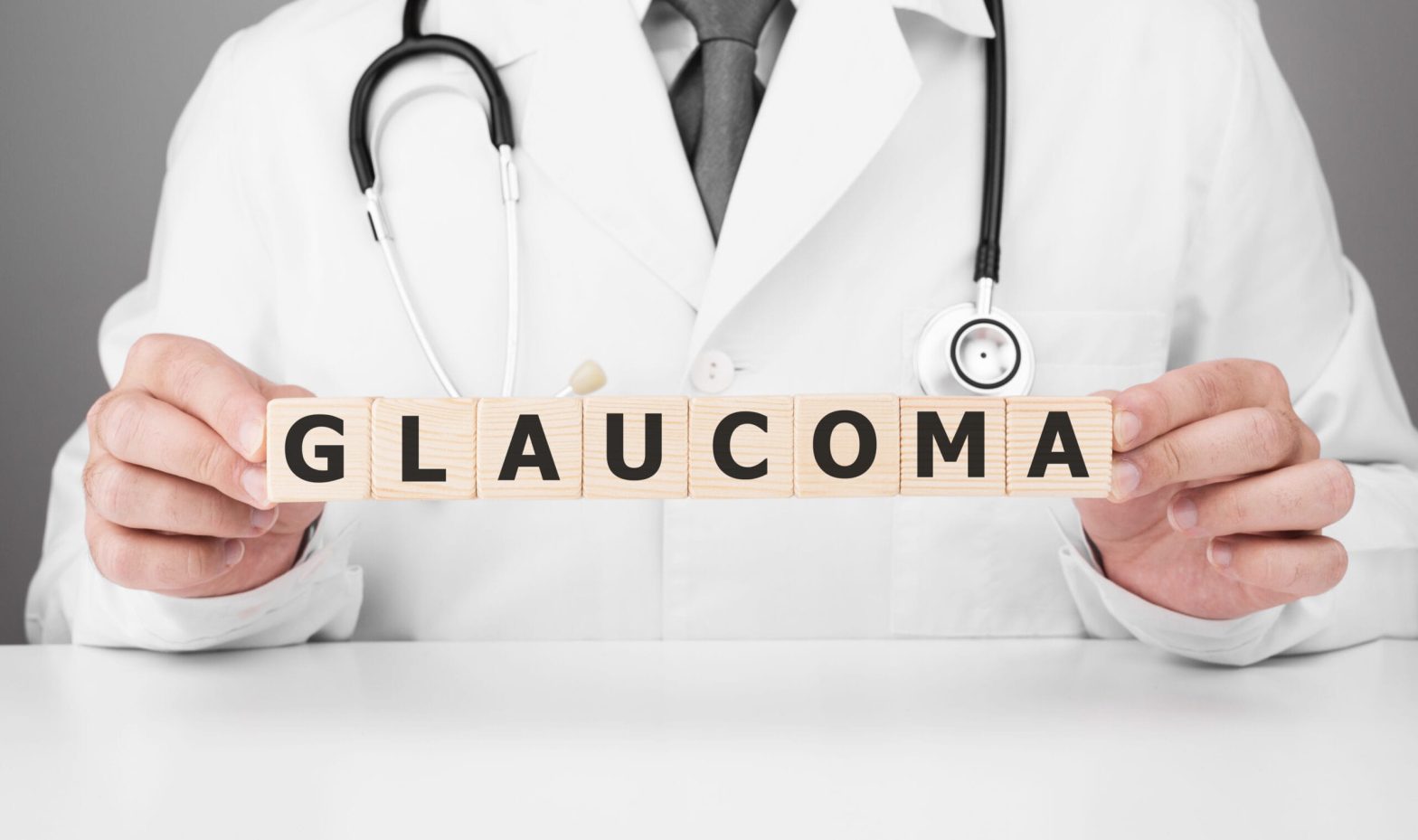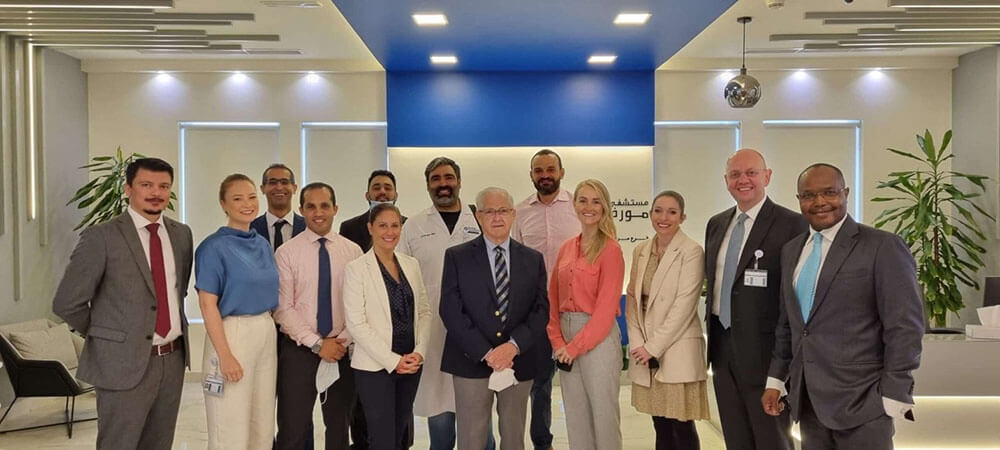This blog has been authored by Dr. Salman Waqar, Consultant Ophthalmologist in Cataract and Glaucoma Surgery, who was the first in Dubai to insert the PAUL Implants in adults and children. Glaucoma affects a significant percentage of the population worldwide, and the risk increases with age. The non-surgical treatment options available for most patients are… Continue reading PAUL implant- the latest in aqueous shunt device insertion surgery for advanced glaucoma
Moorfields Eye Hospital Dubai receives Accreditation from Joint Commission International
Dubau, United Arab Emirates, 6th July 2022 Moorfields Eye Hospital Dubai has earned Joint Commission International’s (JCI) Gold Seal of Approval® for Ambulatory Care Accreditation by demonstrating continuous compliance with its internationally-recognised standards. Moorfields Eye Hospital Dubai underwent a rigorous on-site survey in June of 2022. During the survey, a Joint Commission International expert surveyor… Continue reading Moorfields Eye Hospital Dubai receives Accreditation from Joint Commission International

